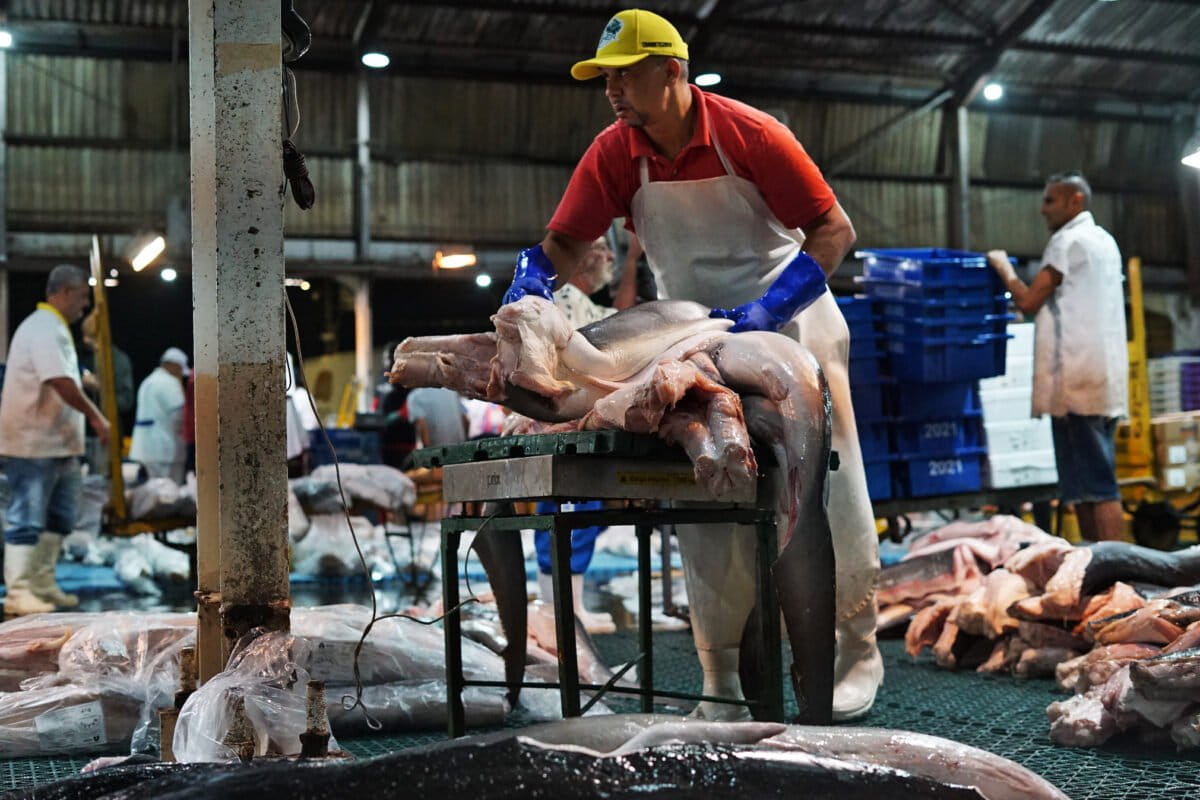MONGABAY
AUGUST 26. 2025
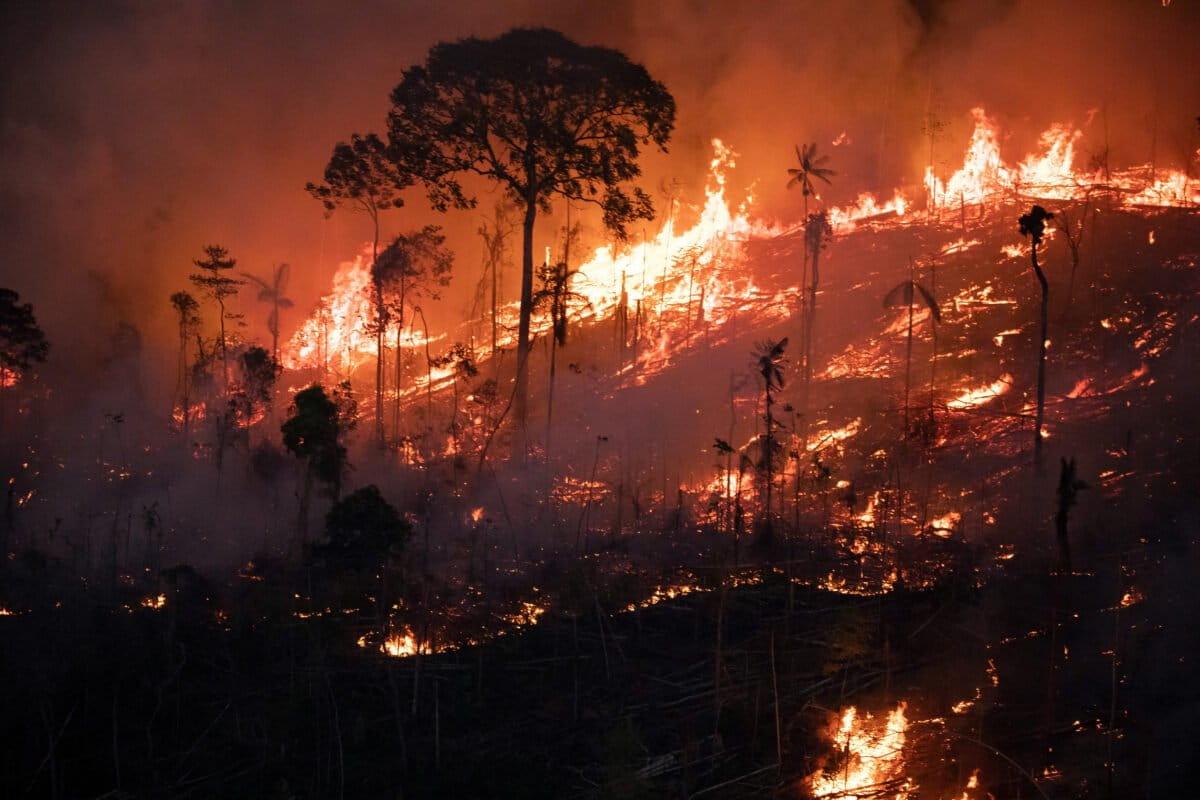
Indigenous leaders say land-grabbers are setting fires inside the Karipuna Indigenous Territory in Brazil’s Rondônia state, in the northwest Amazon. The fires come less than one month after Indigenous leaders warned authorities about renewed invasions. Satellite monitoring detected more than 90 fire alerts in the territory between Aug. 14 and Aug.
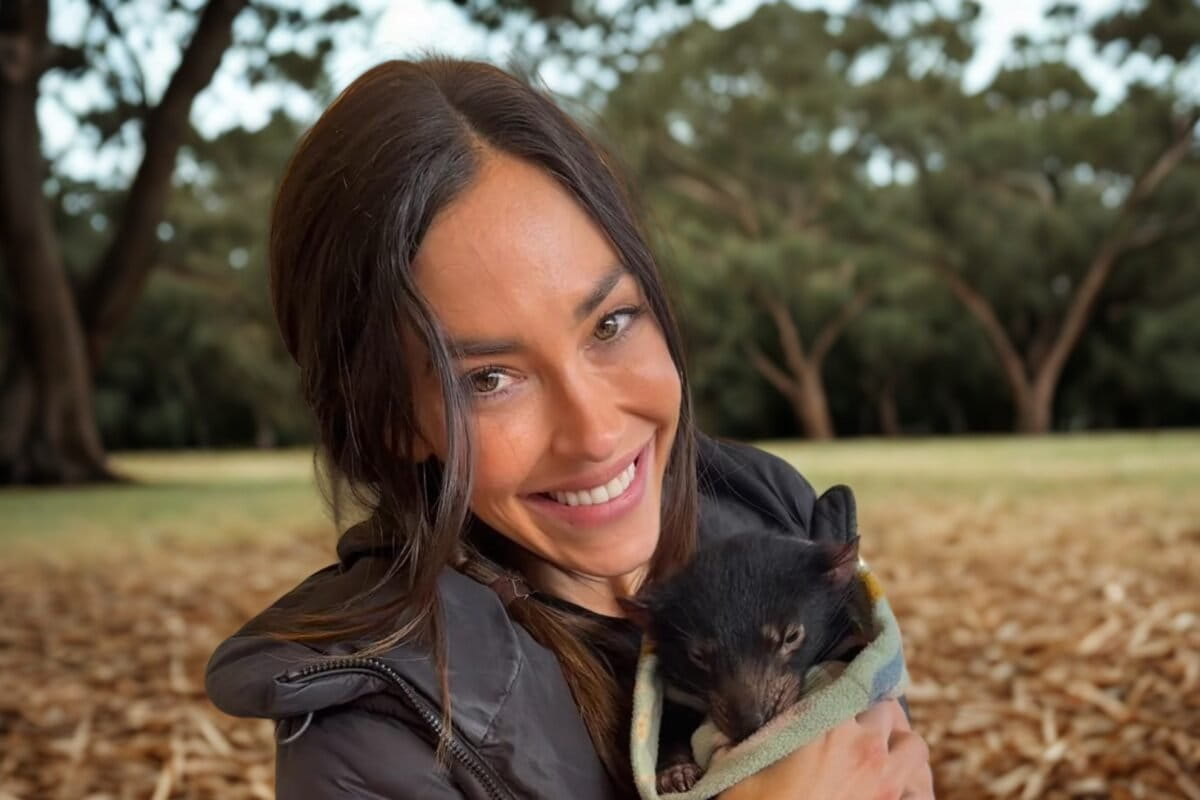
I recently received an advance copy of Natalie Kyriacou’s widely praised new book, Nature’s Last Dance: Tales of Wonder in an Age of Extinction, and found myself agreeing with its many high-profile fans, like Paris climate agreement architect Christiana Figueres, who calls it a “lyrical call to awaken our love for the wild before the
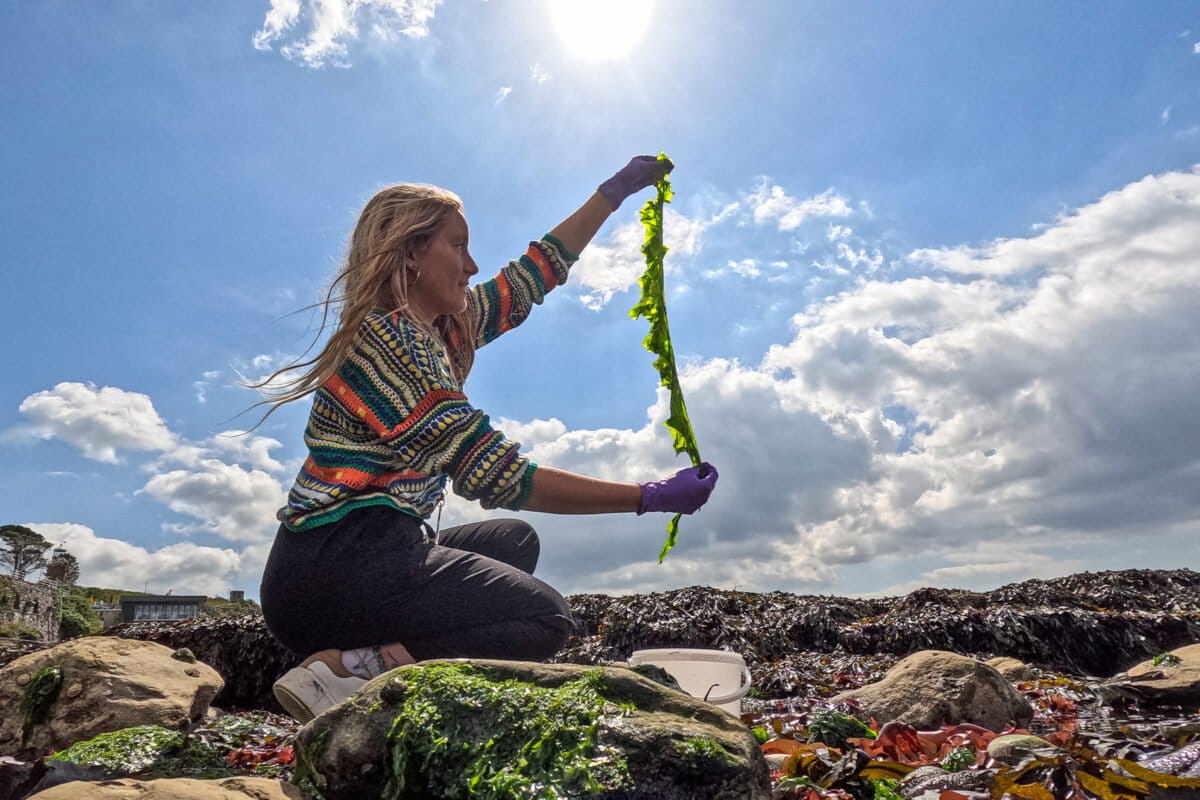
Today’s beach outing is not the same as your grandparents’ beach outing: With intense summer heat waves now the norm due to climate change, and with the ozone layer still not fully healed, people need more and better sun protection when outdoors.
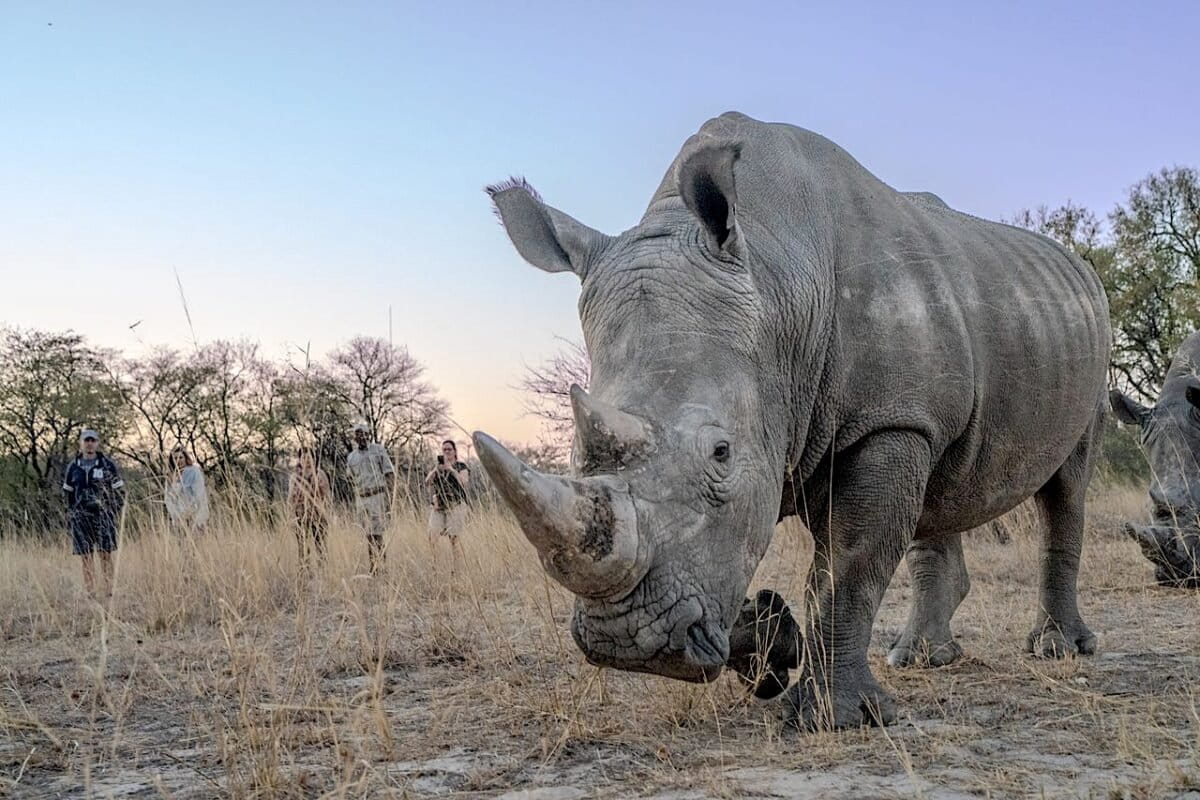
You don’t need safari experience to understand the allure: spotting majestic wildlife in sweeping landscapes is inherently captivating, and it’s the reason this type of adventure travel has stood the test of time.

The critically endangered Manapany day gecko has long been known only from a small part of Réunion Island, a French territory in the Indian Ocean.

The Democratic Republic of Congo has banned the capture and trade of African gray parrots, one of the world’s most trafficked birds, according to a national decree signed Aug. 13. Gray parrots , known for their intelligence and mimicry skills, are widely trapped from the wild for the international pet trade.
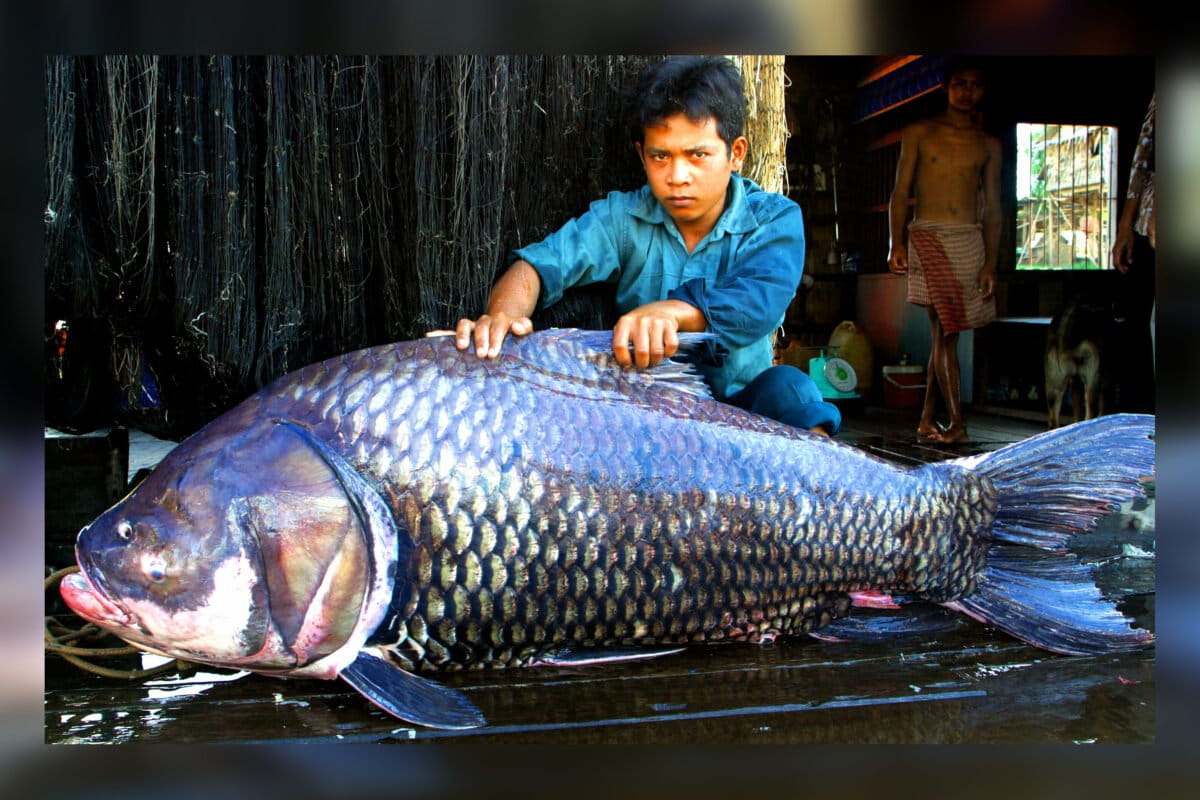
The megafish of the Mekong River are shrinking, a new study has found. In the most comprehensive analysis of species size in Southeast Asia’s Lower Mekong Basin, researchers have tracked a generational shrinkage among the river’s iconic gargantuan fish, which are among the largest freshwater fish in the world.
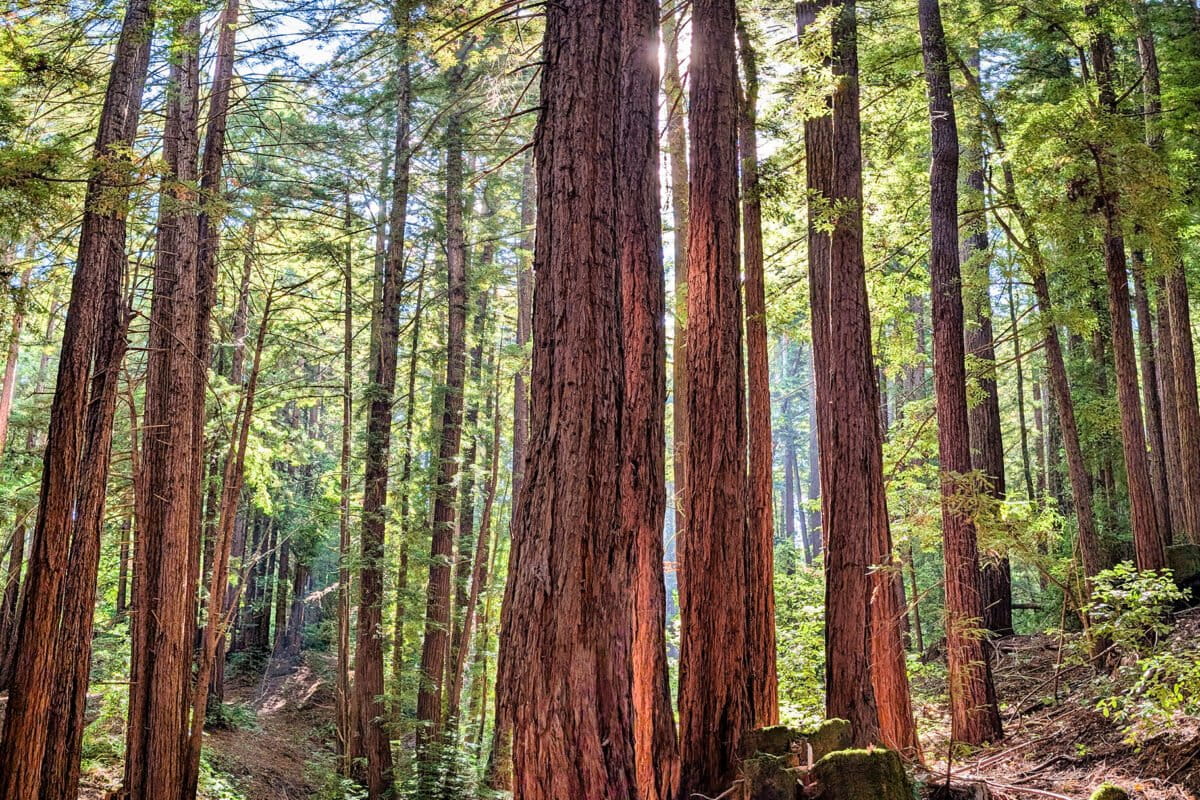
The forests of northern Europe provided Tim Christophersen with his first education. As a child in rural Germany he followed his grandfather, a forest ranger, on long walks among the trees. Fishing trips and mushroom hunts instilled habits of observation that would shape his later career.
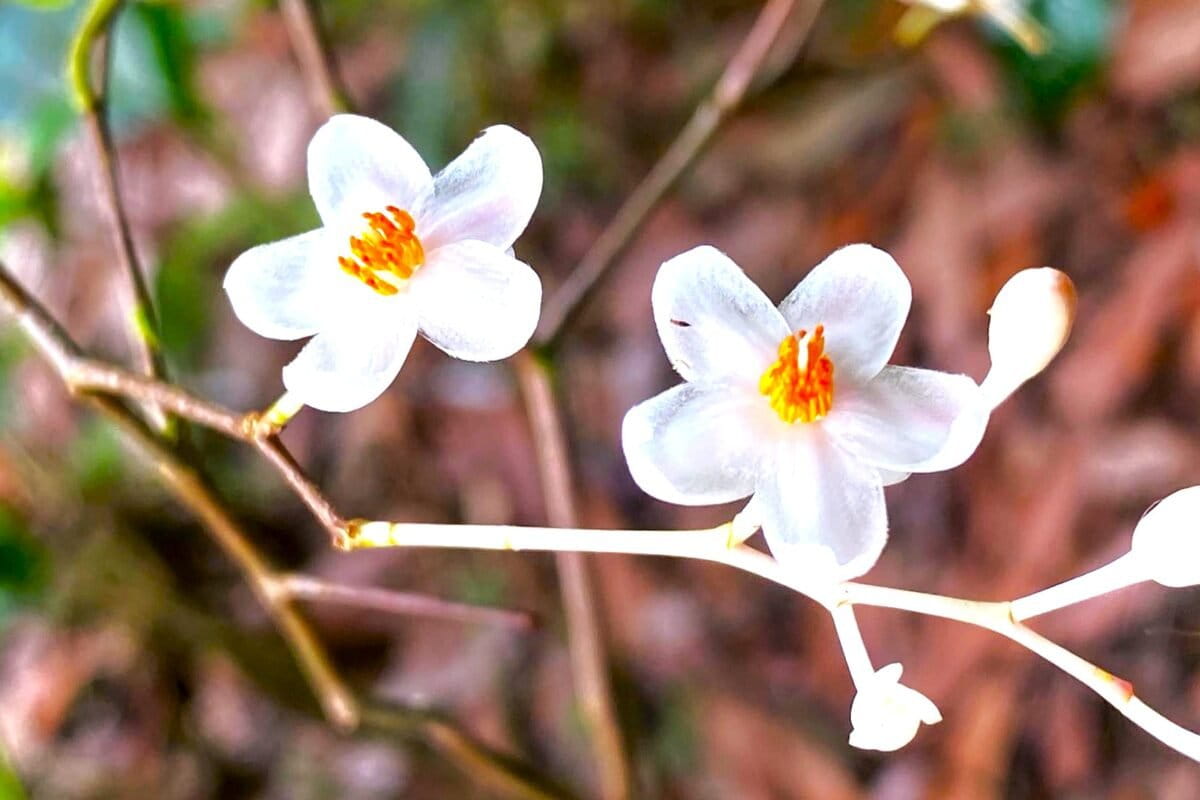
COLOMBO — In 2012, Sri Lanka’s National Red List delivered a grim verdict on endemic Pini- Beraliya, the towering dipterocarp Doona ovalifolia tree by categorizing it as “extinct in the wild.
AUGUST 25. 2025

In June 2023, after nearly two decades of negotiations, the international community adopted the “Agreement under the United Nations Convention on the Law of the Sea on the Conservation and Sustainable Use of Marine Biological Diversity of Areas Beyond National Jurisdiction, ” also known as the BBNJ Agreement.
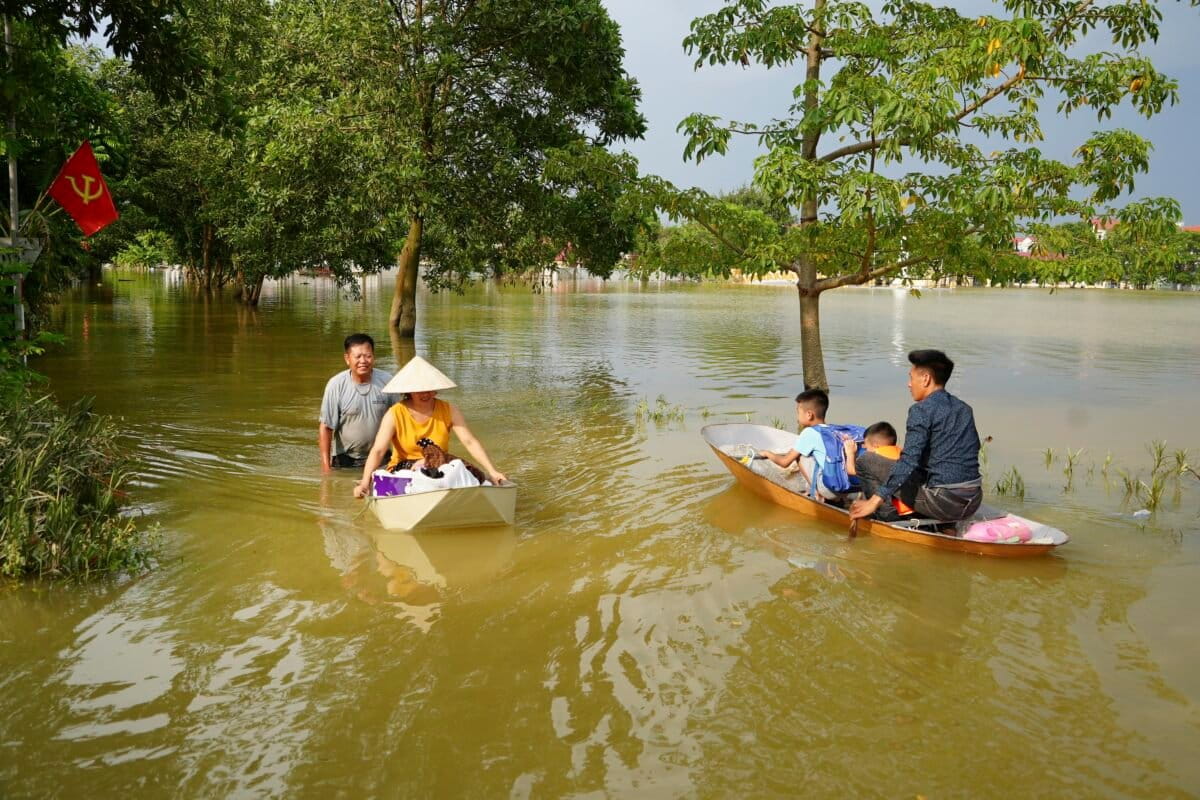
HANOI, Vietnam — Vietnam has evacuated hundreds of thousands of people and closed schools and airports as it braces for Typhoon Kajiki, its strongest storm of the year so far. Forecasters said the typhoon had winds of up to 166 kilometers per hour at 10 a. m.
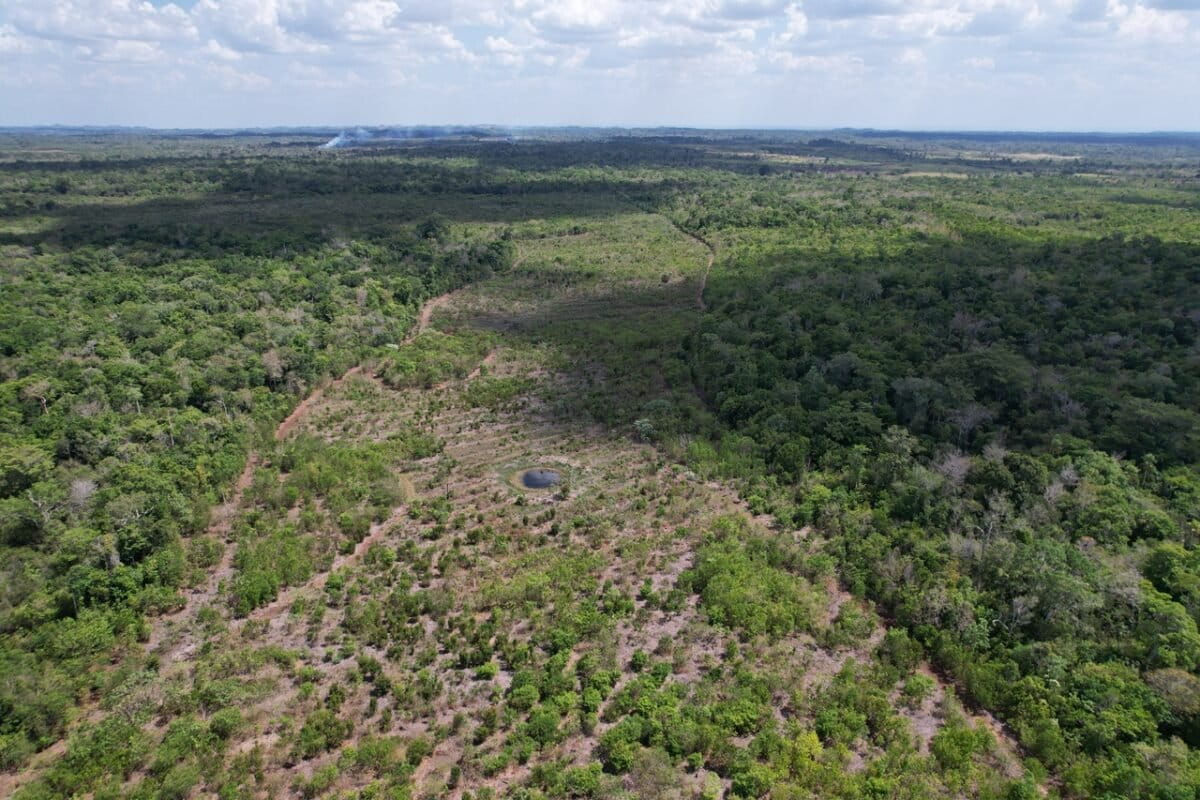
CRUCE A LA COLORADA, Guatemala — It’s mid-May and Luis Antonio Juarez, also known as Tonito, has just received a phone alert about a wildfire in the Maya Biosphere Reserve. In his community, Tonito is the resident in charge of monitoring wildlife activities.
